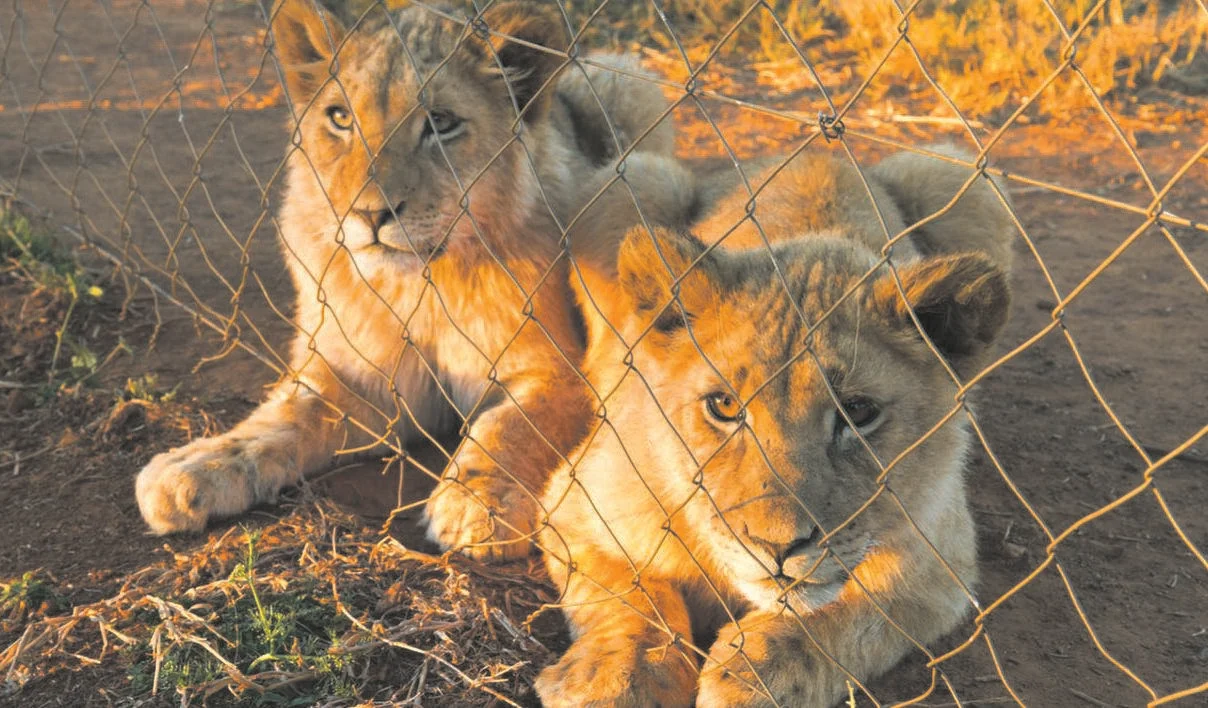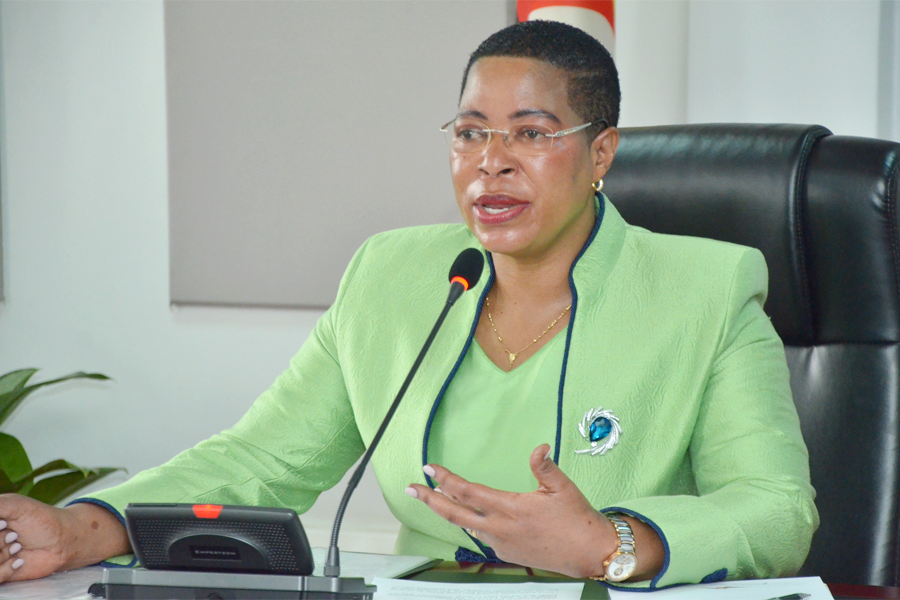Uganda's Dwindling Lion Population Threatens Tourism Industry

Uganda's savannas, once echoing with the mighty roars of lions, now face a quieter reality. A recent report by the Ministry of Tourism, Wildlife and Antiquities paints a concerning picture: the lion population across national parks has plummeted from a peak of 493 to a mere 275 in 2023. This alarming decline has sent shockwaves through the tourism industry, where lions reign supreme as a top tourist draw.
The reasons behind this dwindling pride are multifaceted. Poaching casts a long shadow, with both Ugandan poachers and those from neighbouring South Sudan targeting these majestic creatures. Park borders, especially porous ones, offer little resistance to these illegal activities. Bashir Hangi, the Ugandan Wildlife Authority's Public Relations Manager, acknowledges the problem. He admits that understaffed monitoring units and limited resources have made it difficult to fully curb poaching activities.
Habitat loss adds another layer of complexity. The human population explosion around Queen Elizabeth National Park, for instance, creates a dangerous proximity between humans and wildlife. This can lead to conflicts and further endanger lion populations. Herbert Byaruhanga, President of the Uganda Tourism Association, emphasizes the need for a sustainable approach. He suggests lion breeding programs within protected areas as a potential solution.
The economic impact of a dwindling lion population is undeniable. Lions are more than just magnificent predators; they're a cornerstone of Uganda's tourism industry. Tourists flock to the country specifically for the chance to witness these apex predators in their natural habitat. A decline in lion numbers translates directly to a decline in tourism revenue, a vital source of income for local communities and national park upkeep.
However, amidst the worry, there are glimmers of hope. The Uganda Wildlife Authority is taking concrete steps to address the crisis. Hangi highlights the establishment of a well-equipped research and monitoring unit to track disease outbreaks and enhance anti-poaching efforts. This unit utilizes modern technology like GPS collars and drone surveillance to keep a watchful eye on lion populations.
Byaruhanga believes even more can be done. He urges the government to develop a comprehensive protection strategy, including the possibility of fencing national parks. While fencing has its drawbacks, it could be a powerful tool in curbing poaching and ensuring the safety of Uganda's lion pride.
The future of Uganda's lions, and by extension, its tourism industry, hinges on a collective effort. Responsible authorities must prioritize conservation efforts, invest in cutting-edge anti-poaching techniques, and explore habitat management strategies. Additionally, strategic marketing campaigns promoting Uganda as a premier wildlife destination can reignite tourist interest. If these measures are implemented effectively, the savannas may once again reverberate with the powerful roars of a thriving lion population, and Uganda's tourism industry can reclaim its full potential.













